High Dunes and the Fishermen of Tutóia
What I wasn't expecting in Maranhão, Brazil
I won’t hide it—I’m obsessed with something.
Fishing, fishermen, fishing villages—anything tied to the sea and water draws me in. I have to photograph it. It’s more than an interest. It’s a love.
I grew up in Sydney, always near the ocean. I’ve loved the sea for as long as I can remember. I was snorkeling as a teenager. Later, after photographing spear fishermen in Vanuatu and the Philippines, I started spearfishing myself.
There’s something about water—oceans, rivers, lakes—that lives in me. The way people depend on water. Not just to survive, but to build a life. That kind of relationship feels sacred.
Water is volatile. It turns without warning. But it’s essential. To me, it’s a higher power. And the way people live with it—submit to it, wrestle with it—feels like a metaphor for how we deal with forces beyond our control.
That dependence shapes people. Especially those who live off the sea.
They carry a kind of wisdom. A patience with luck. You see it in their faces—burned by sun, carved by wind and salt, aged by hard days.
So wherever I go, if there are fishermen—especially small-scale, subsistence ones—I find myself drawn to them.
I hadn’t planned to photograph fishermen in Maranhão. I stopped in Tutóia with the idea of touring the Delta—maybe catching a glimpse of the flamingo-like scarlet ibises, the guarás.
Tutóia is also known for the shipwreck that sits on its main beach. The Navio Assombrado, they call it—the Ghost Ship. It ran aground decades ago and was never removed. At low tide, you can walk right up to it. Rusted, half-buried, stripped by salt and wind. It gives the beach a strange, somewhat eerie mood.
Now, the Parnaíba Delta… It’s the second largest in the Americas after the Mississippi.
A sprawl of rivers, mangroves, islands, and shifting dunes, stretching across Maranhão and Piauí. Not far from here are the Lençóis Maranhenses—those surreal, transparent pools resting in endless sand. One of Brazil’s top tourist draws.
But famous tourist places don’t usually appeal to me. I always prefer the alternative. On Google Maps, I saw Tutóia had its own dunes. Even some pools. Quiet, near the ocean. I decided to go.
We arrived just before the last light disappeared. I flew the drone and saw enough to know it deserved a proper look in the morning. We parked near some houses behind the dunes. The locals were kind. They let us charge the camper batteries from their home.
At dawn, just before the golden hour, while my girls were still asleep, I took a walk. I’ve only included one drone photo from that morning. Something else caught my eye. From the top of the dune, I saw men pulling nets from the shore.
I hadn’t seen that kind of fishing anywhere in Brazil. I didn’t even have my camera—just the drone and my phone—but I went down anyway.
What I found was timeless. An old way of fishing—casting a net into the sea, hauling it back by hand. It only works when the wind is calm, the sea flat, no rain. That day was perfect.
I took a few photos with my phone and told myself I’d return. And I did.
The next day, I drove straight onto the beach. The weather had changed. Cloudy, a bit of rain, then sun. Everything shifts quickly here.
The process is simple. The men wade out—sometimes up to their necks—and spread the net during low tide.
Then they pull it in slowly, side by side. One man oversees the work, watching for snags or tears.
It’s ancient. And beautiful to witness.
On the beach, there are huts—just sticks and scrap material—where the fishermen keep their engines, nets, gear. The day before, I’d met a man named Branco. I’d bought some enormous prawns from him. Tiger prawns, they call them. One of those huts was his. I asked if I could hang around for a while. He said yes.
Moments later, one of the fishermen I’d seen hauling the net came in. I asked if I could take his portrait.
He smiled, a little shy, and said my camera might break—he wasn’t photogenic, he joked.
I disagreed. Completely.
Branco (above) told me his story. His father had left when he and his siblings were young. His mother later met a fisherman who raised them. Branco grew up by the water and became a fish and prawn seller.
The prawns were massive—two or three to the kilo. The one in my photo? A little under medium, and still big.
I’d only seen prawns like that in Southeast Asia. Branco said they’d shown up out of nowhere. His guess? They came from Malaysia—stowaways in ballast water from cargo ships. (Ballast water is stored in tanks to stabilize ships. When it’s discharged in new waters, it can carry species across oceans.) The mix of salt and fresh water here, the heat—it suited them. They thrived.
Now they sell for about 30 U.S. dollars a kilo.
I spent the whole morning shooting. As the net comes closer to shore, the mood shifts. People gather. There’s hope in the air. Most of the catch is for personal use, but if it’s a good haul, some gets sold.
When that happens, villagers show up to help sort the fish by hand. Who gets what depends on who helped, or who’s close to the fishermen. It’s a system built on trust, like in many small coastal places.
Photographing in the conditions of the day wasn’t easy. The light was always changing. The colors clashed. It was chaotic and sharp and real. I focused on faces and details.
A grandfather and his grown grandson had already pulled in their catch. It wasn’t much—just small prawns—but enough for a meal. I took a few photos, then followed them as they walked into the dunes.
I made small talk. The grandson was shy. The grandfather seemed pleased that a foreigner had taken an interest. They moved through the sand with the ease of habit.
Then, without a word, they turned down a narrow path toward their village and disappeared.
I came back to the point where the villagers were sorting through the fish, I saw a boy carrying fish to a relative. I asked him and an older neighbor if I could follow them for a few shots.
As we started walking, a flock of bright red guarás flew overhead. The boy looked up at them and it was one of those special moments.
And in that moment, I thought: what a perfect ending to this experience.
Photographing fishermen in Tutóia—this place at the heart of the Delta—was unforgettable.

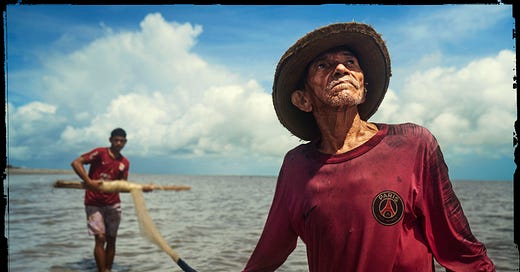




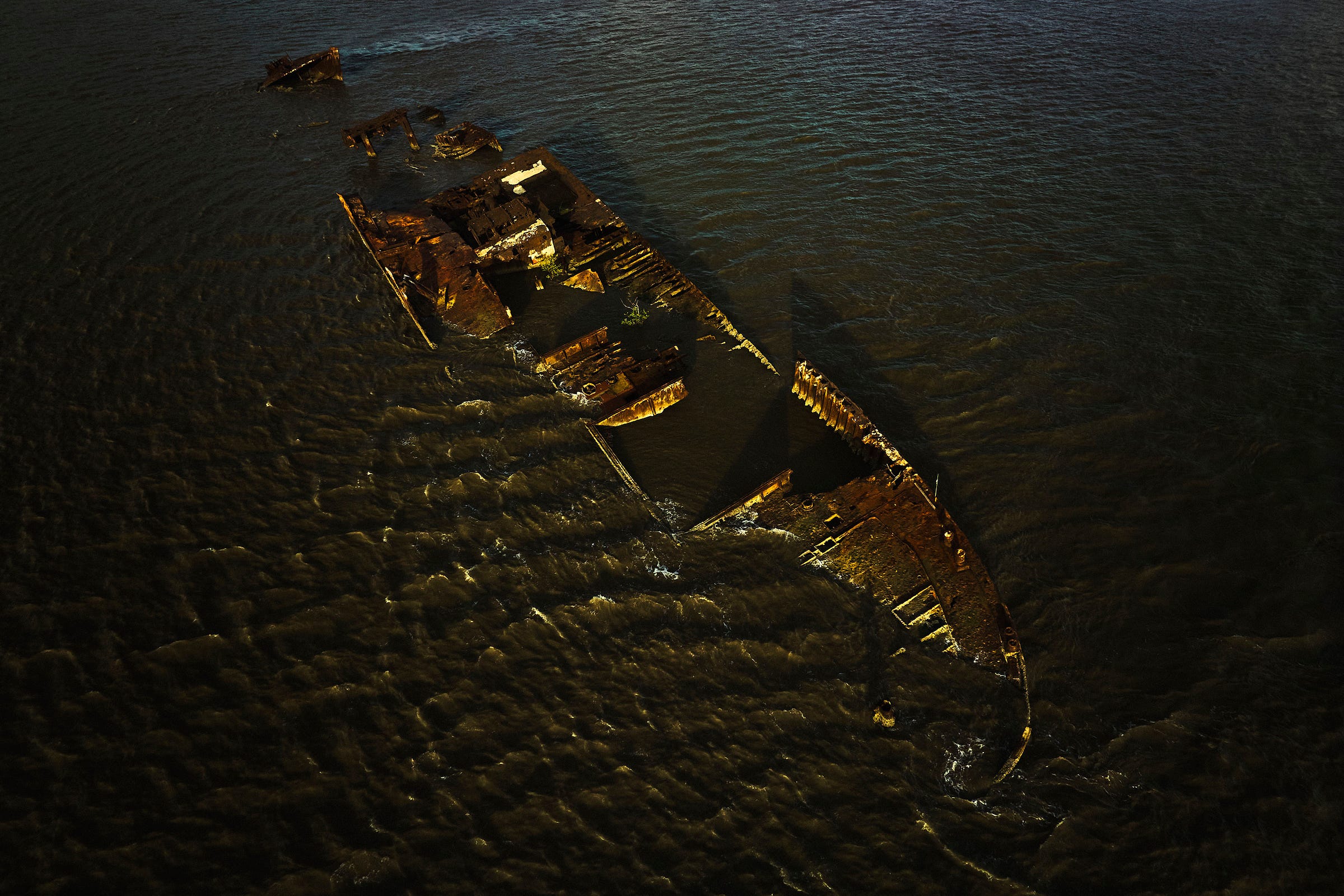
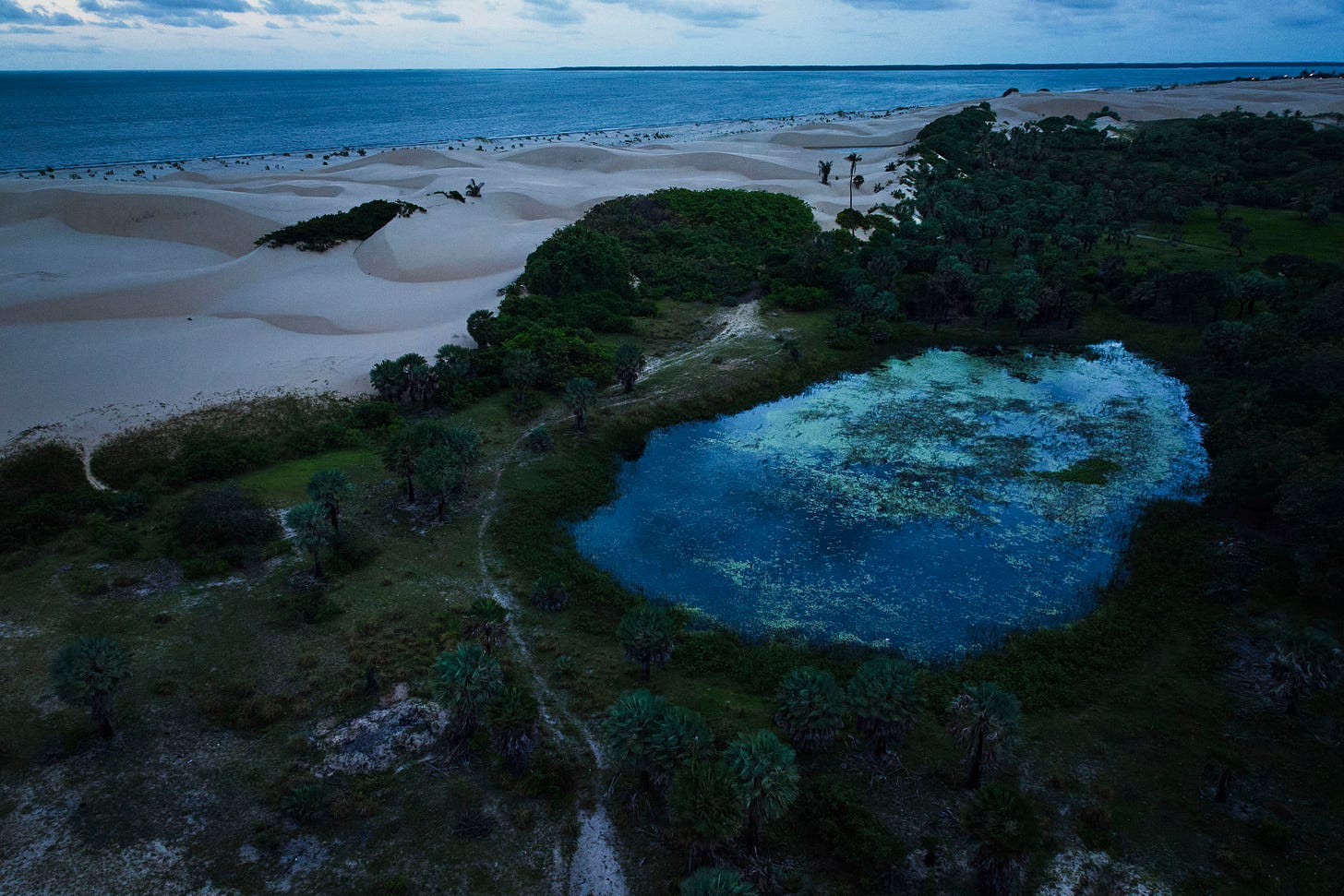
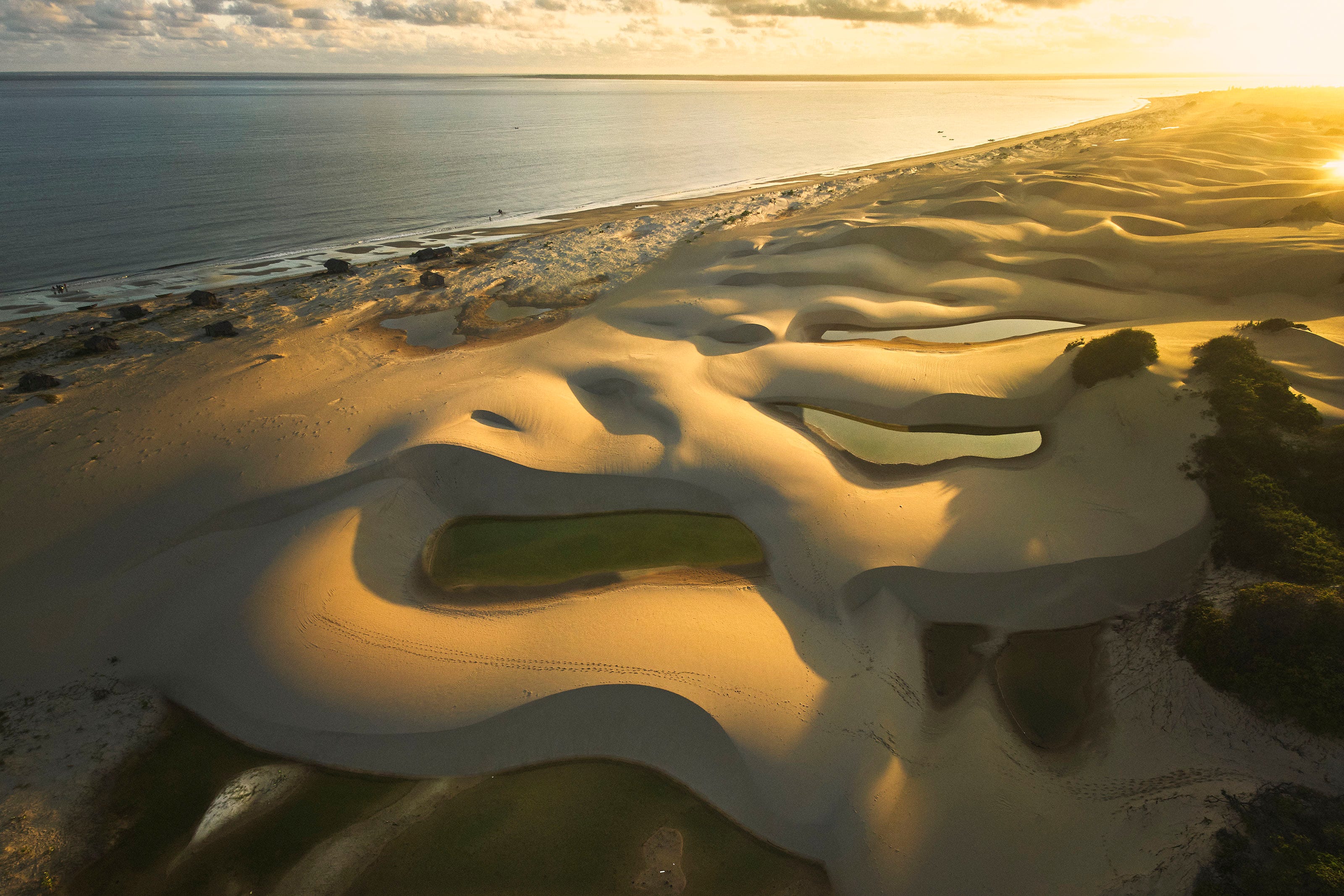
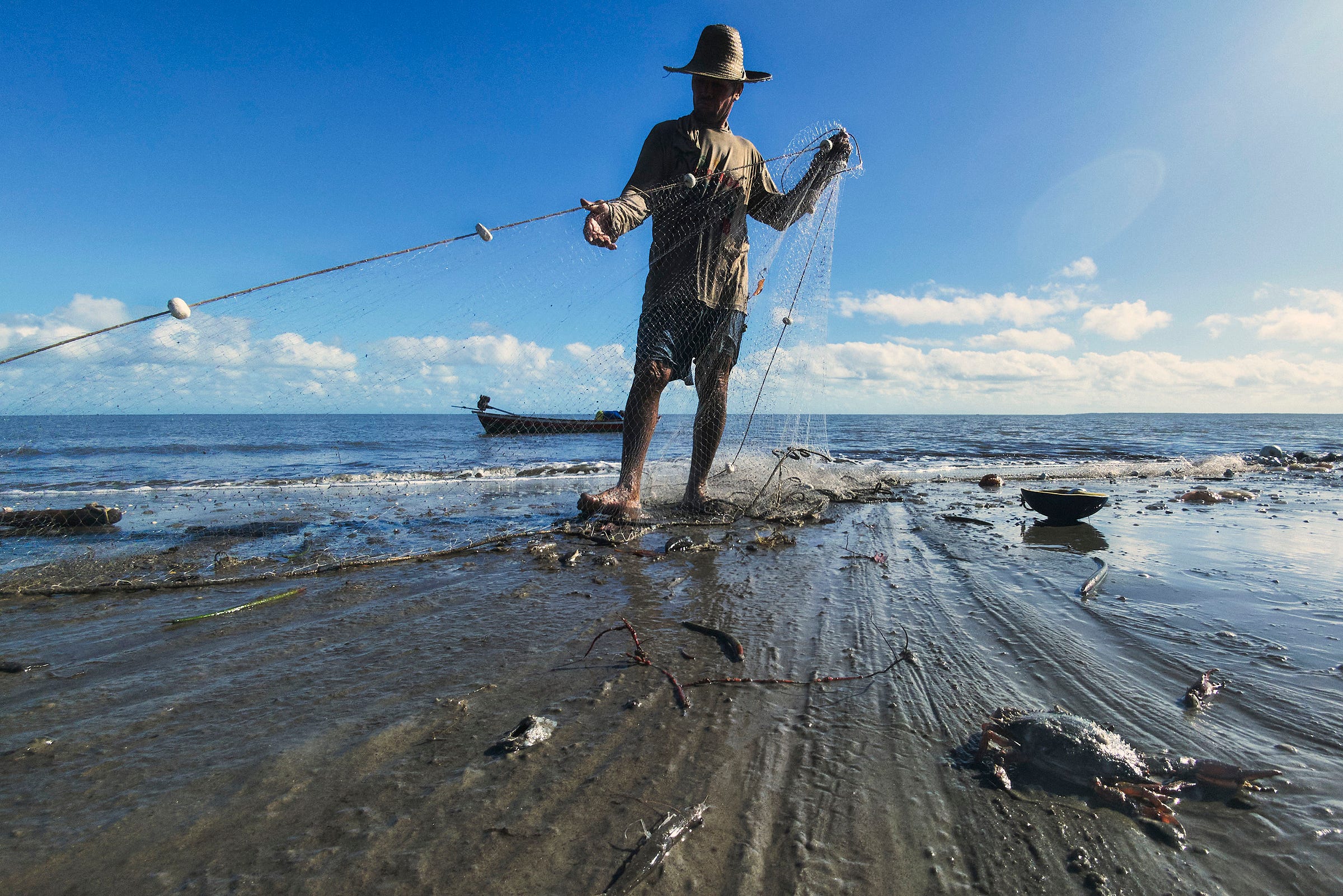

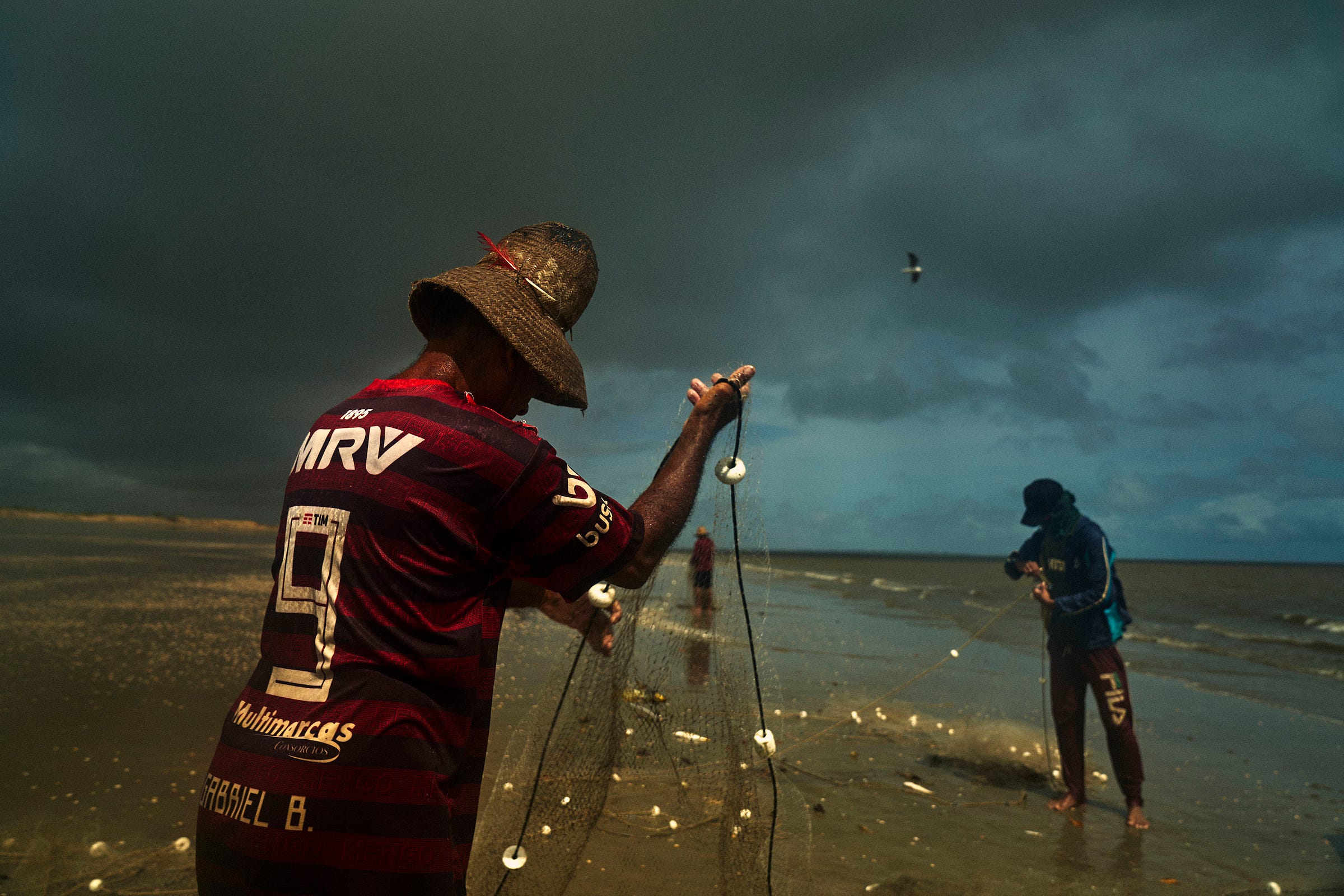

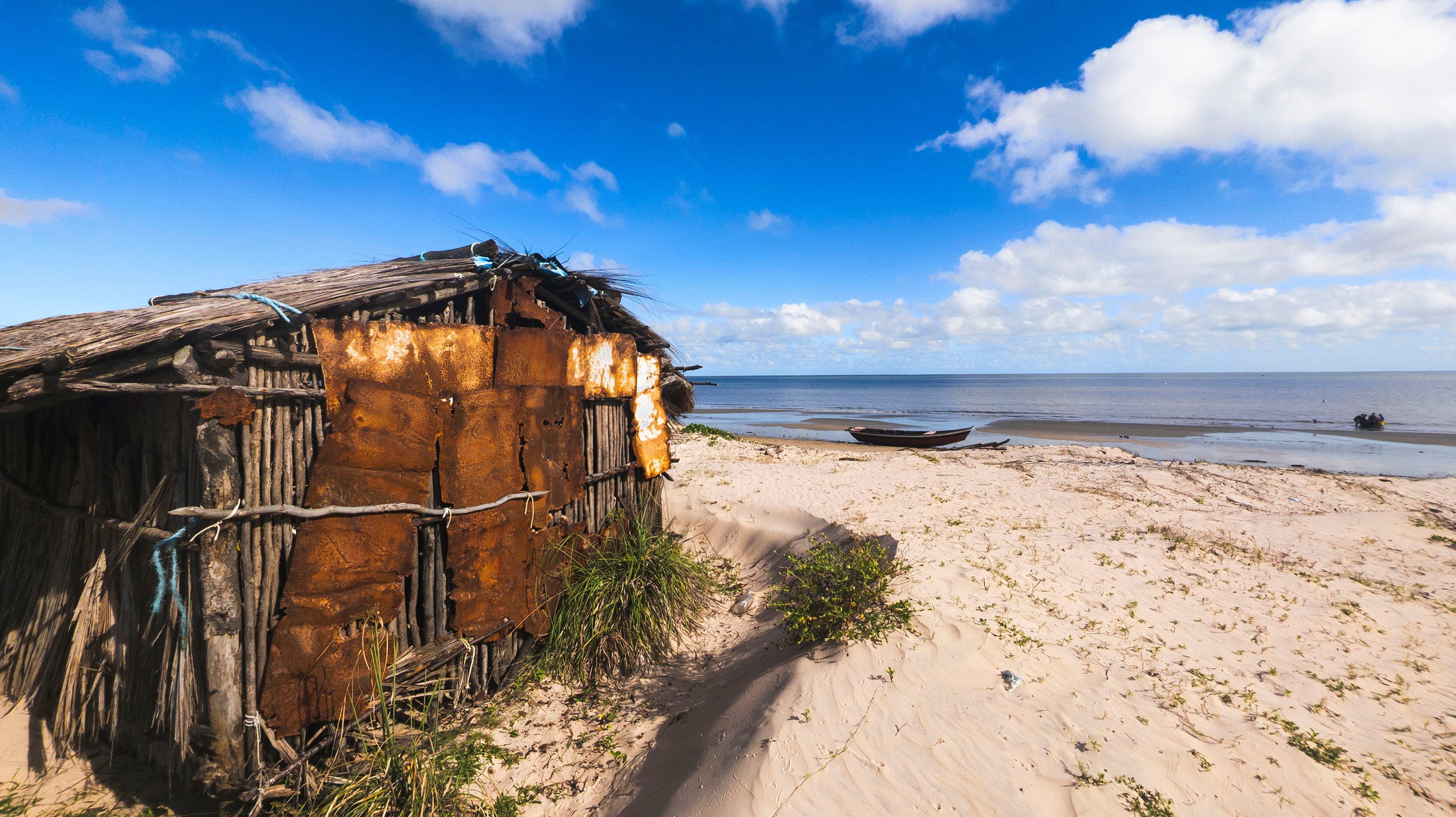
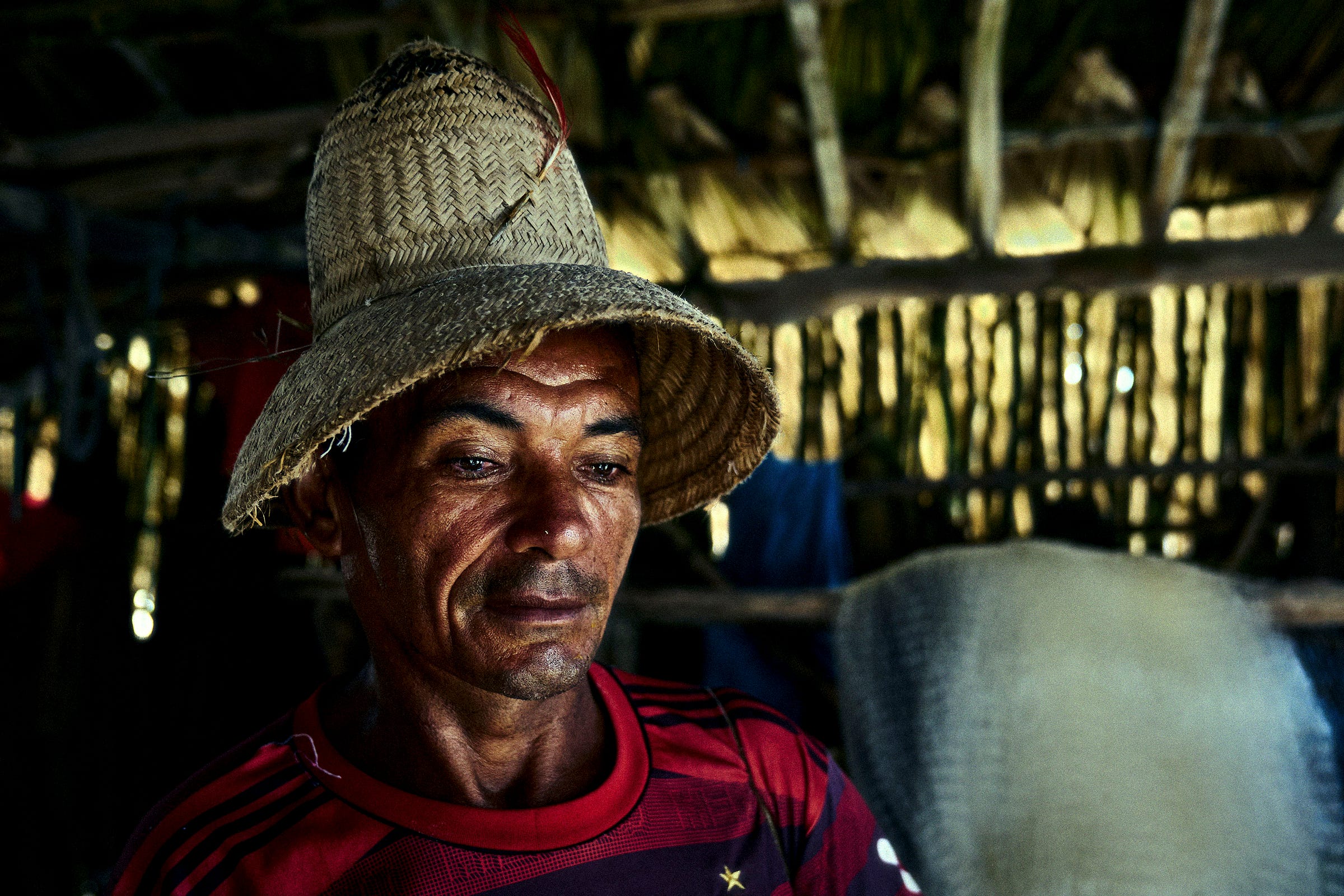
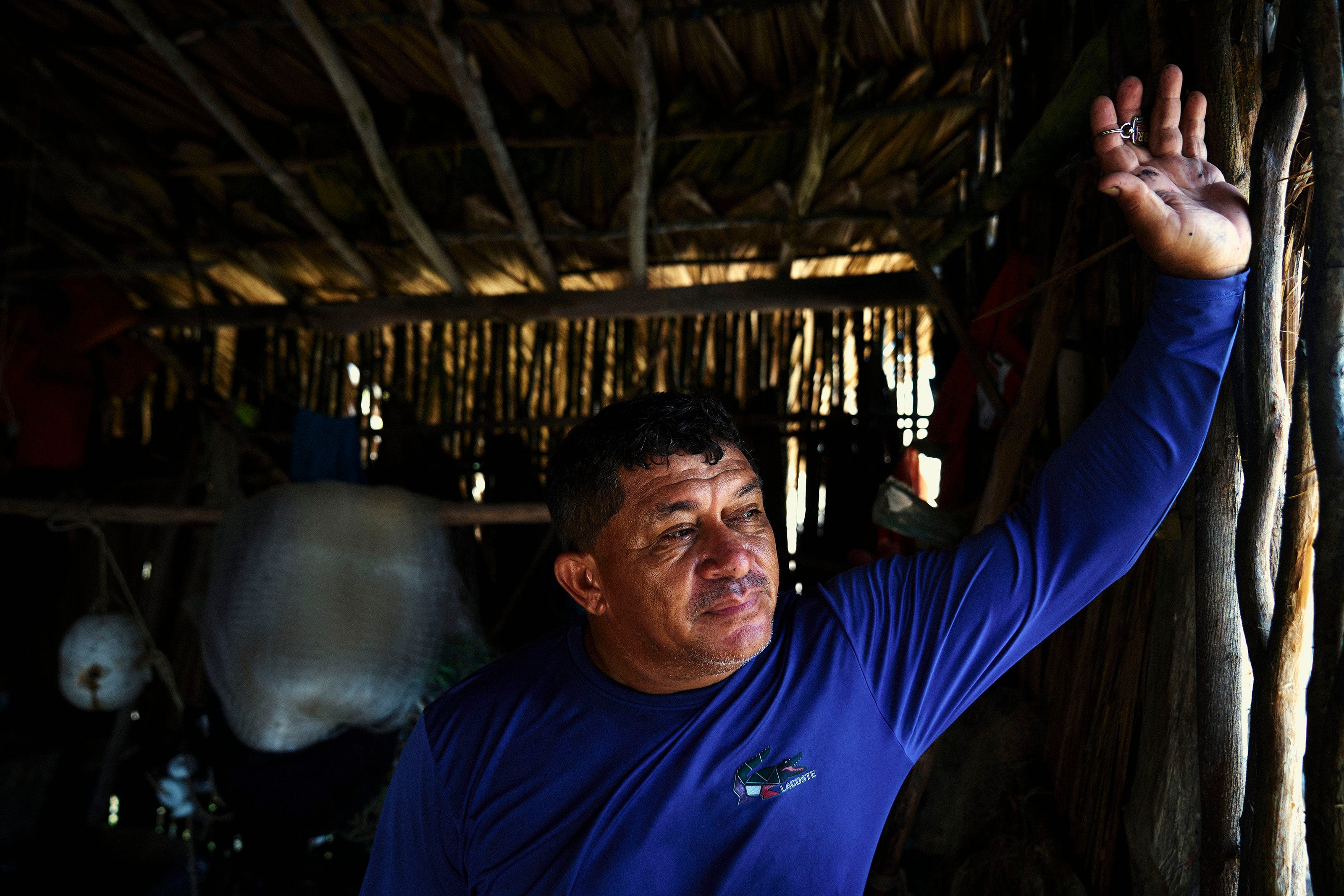

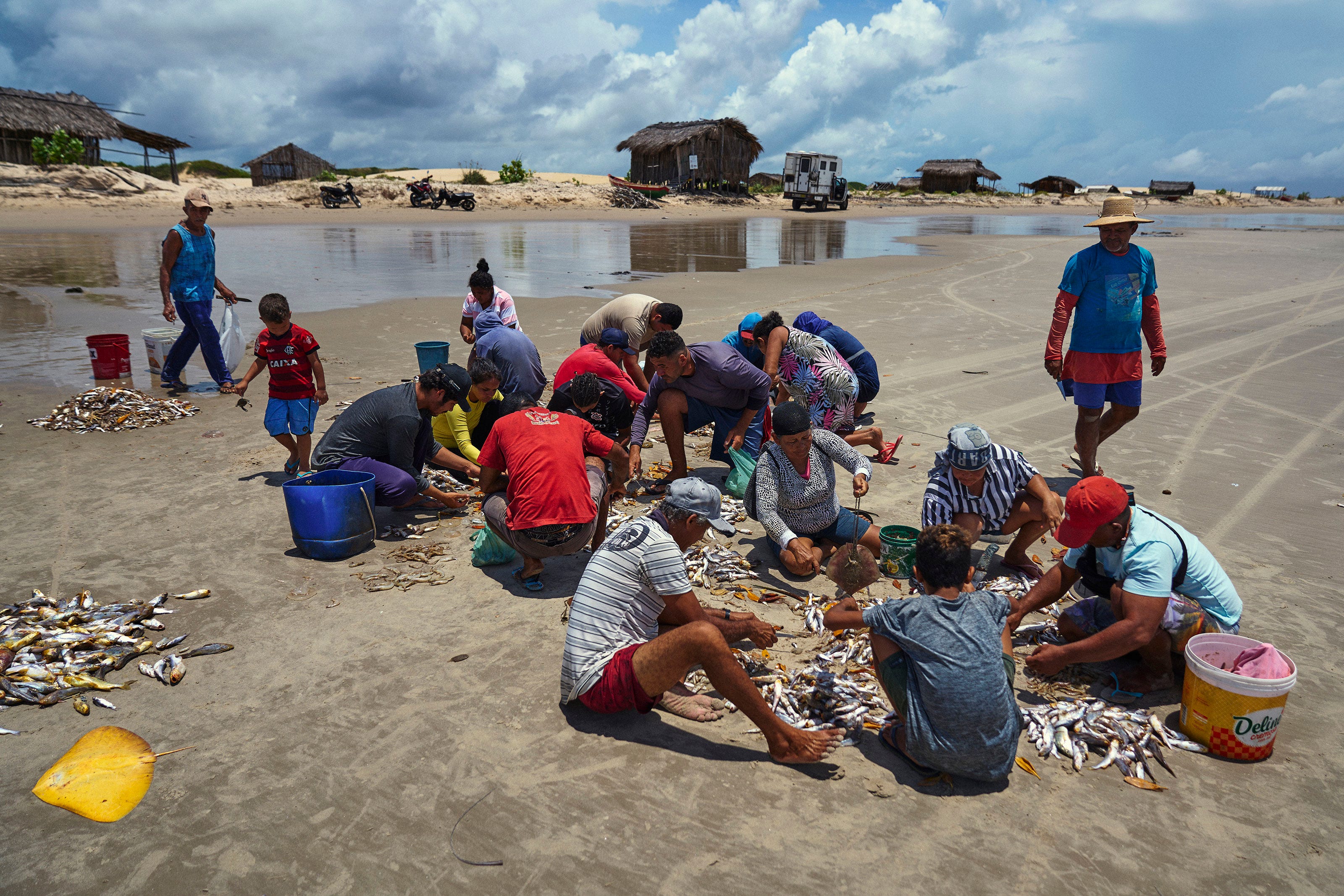
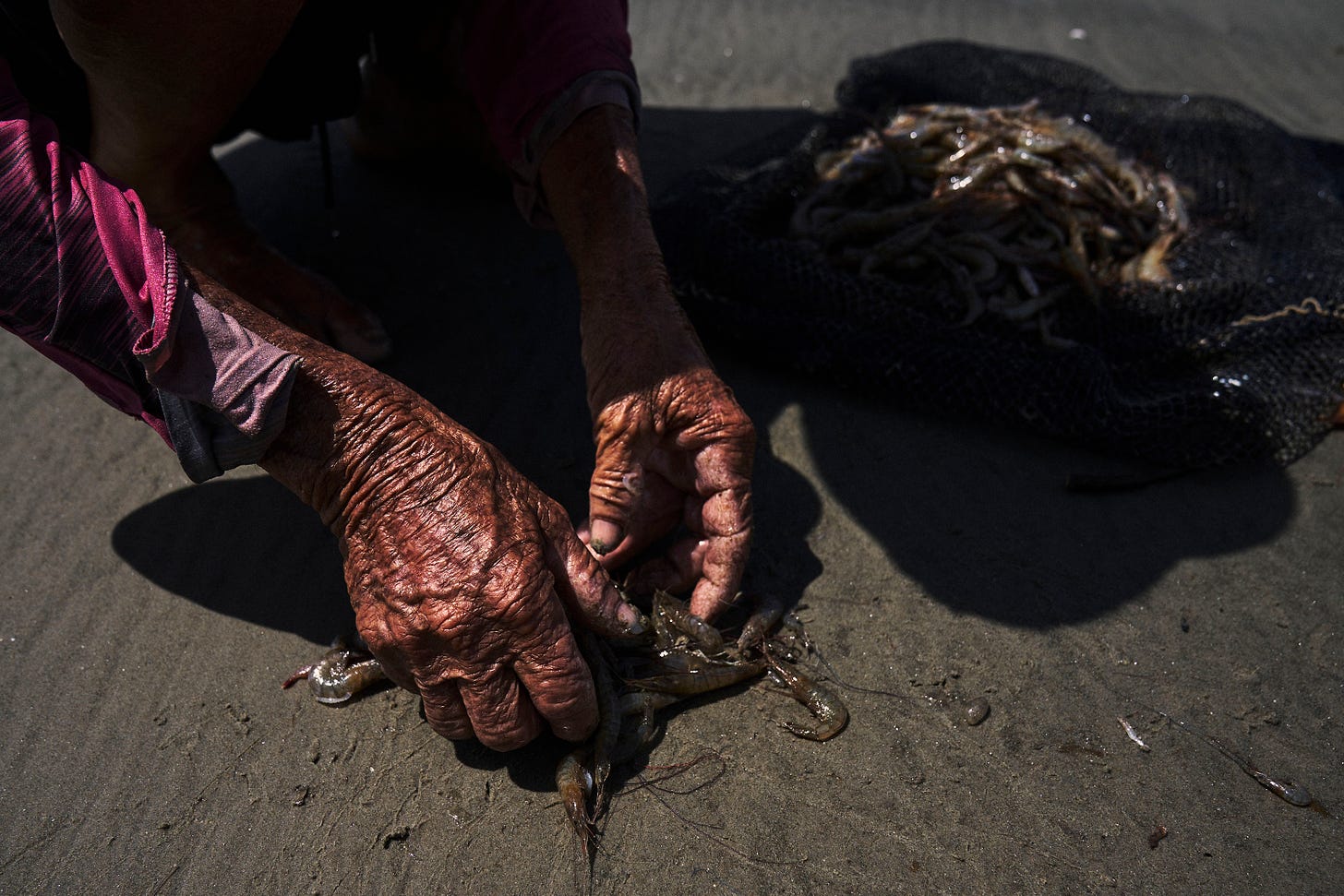
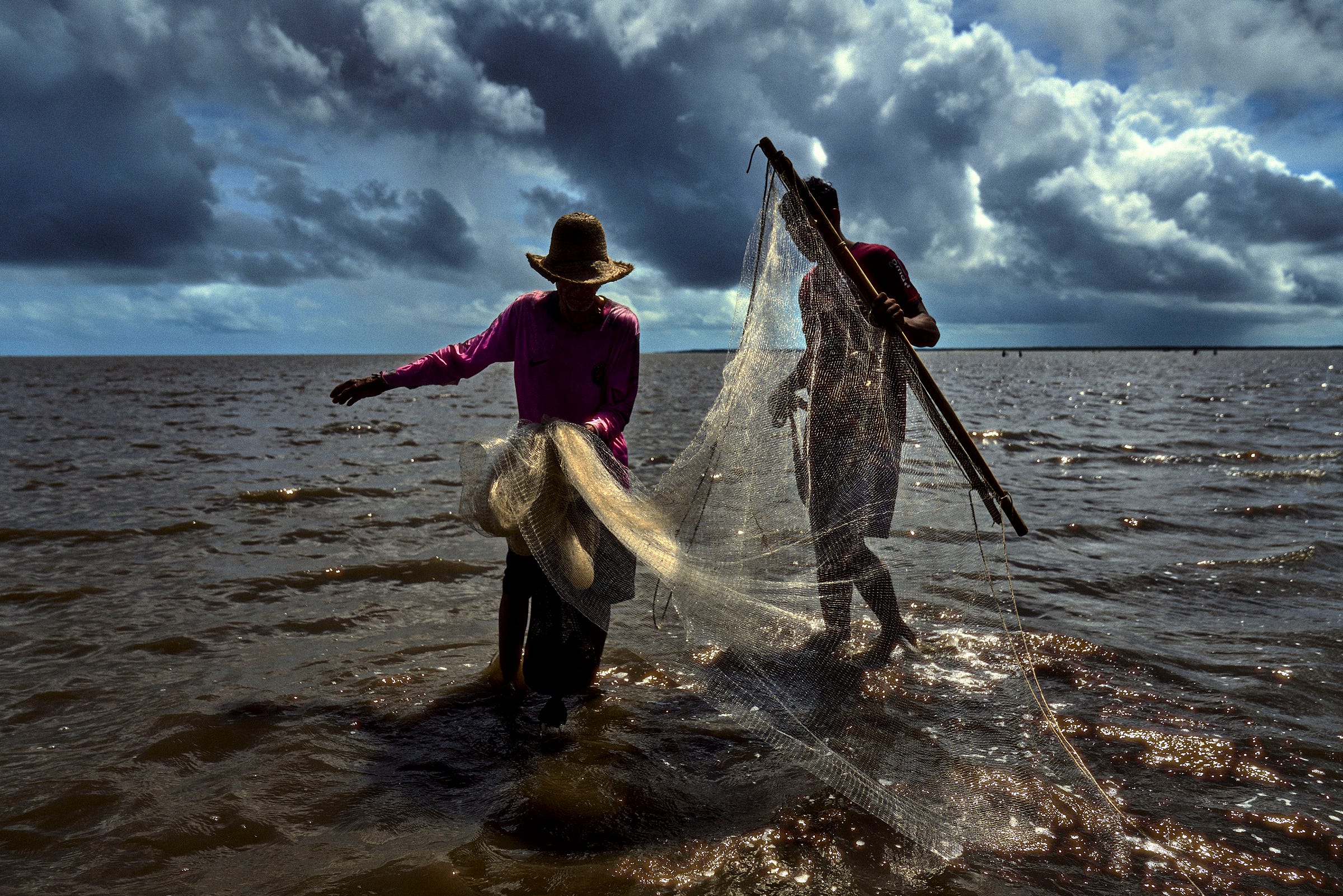
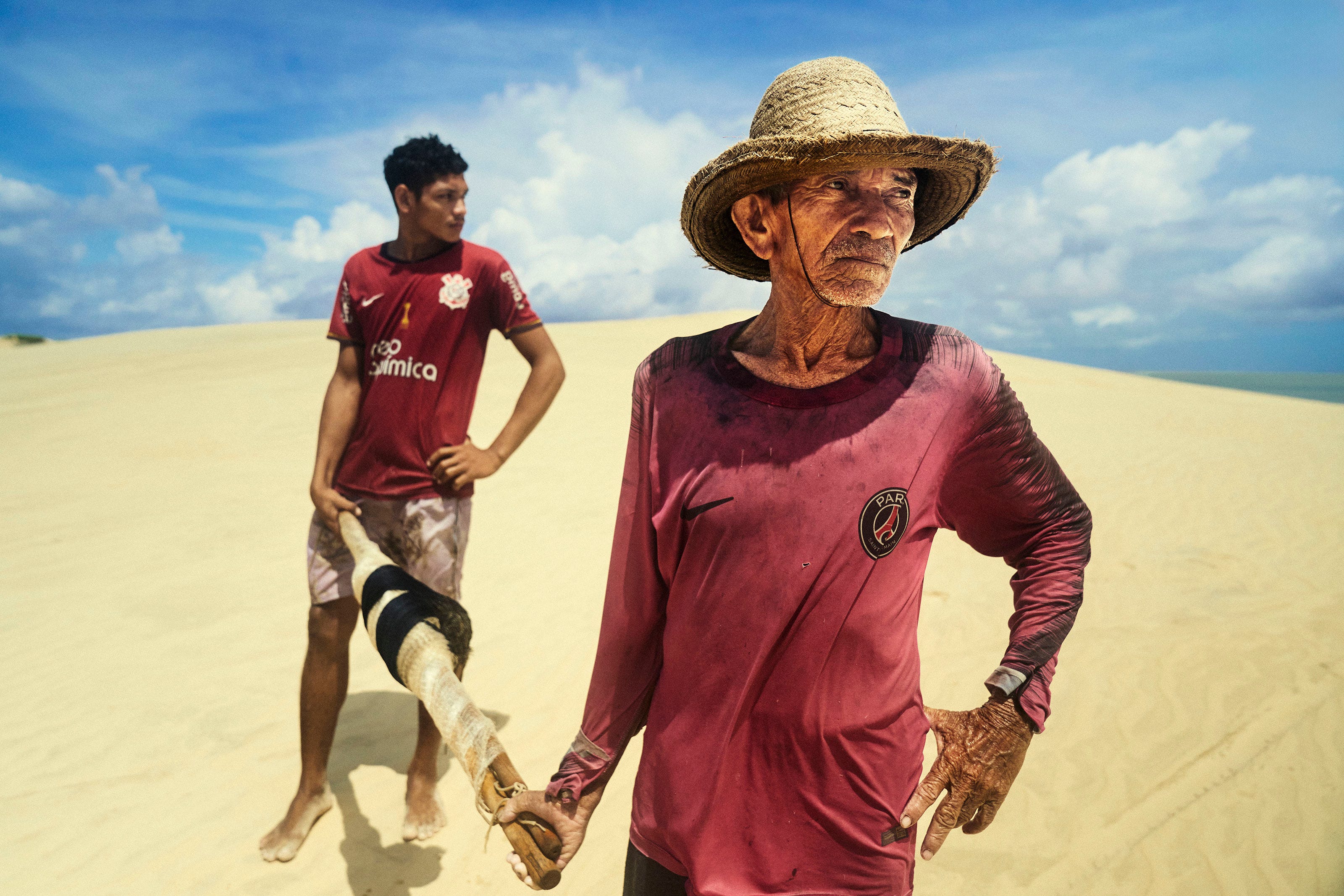
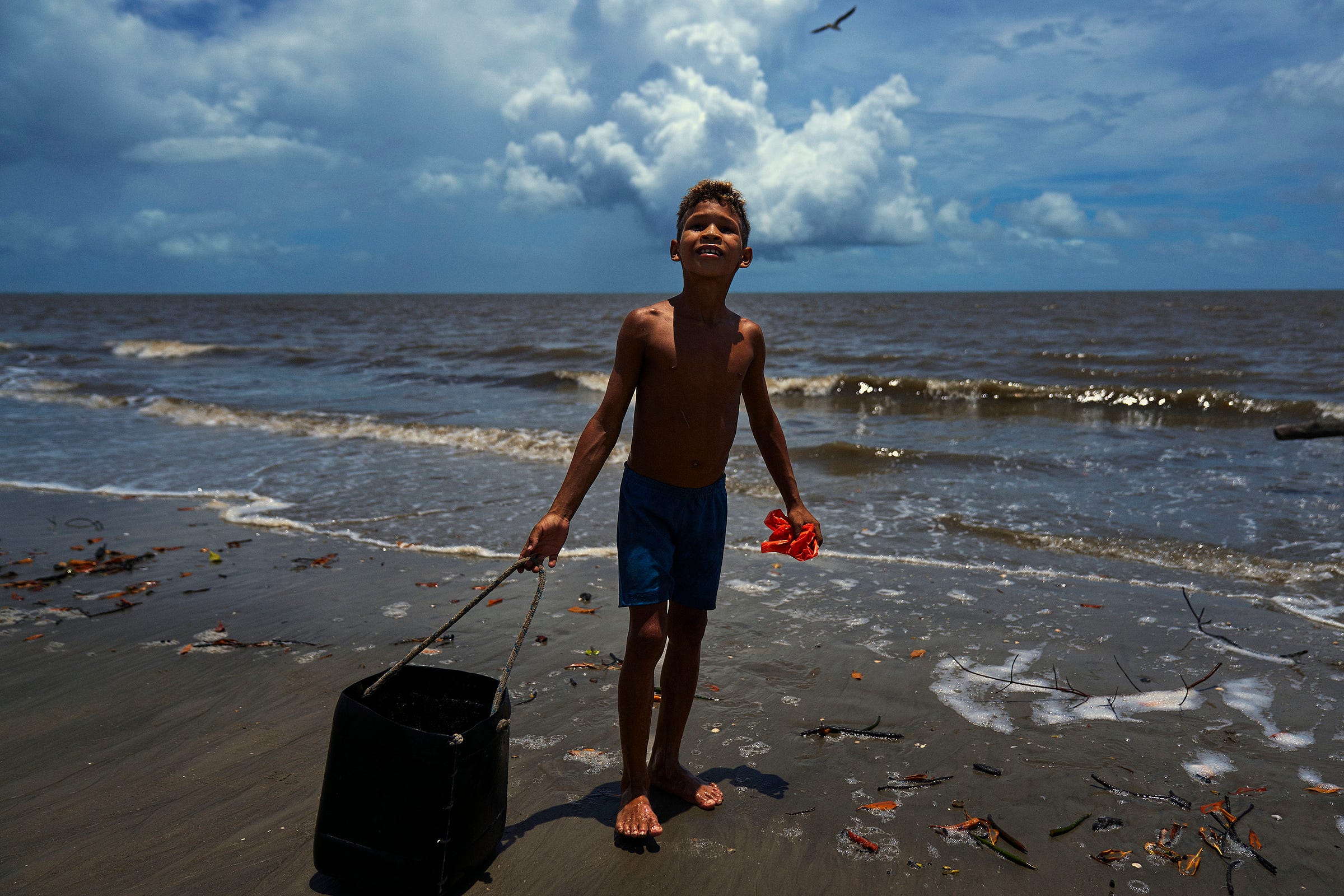
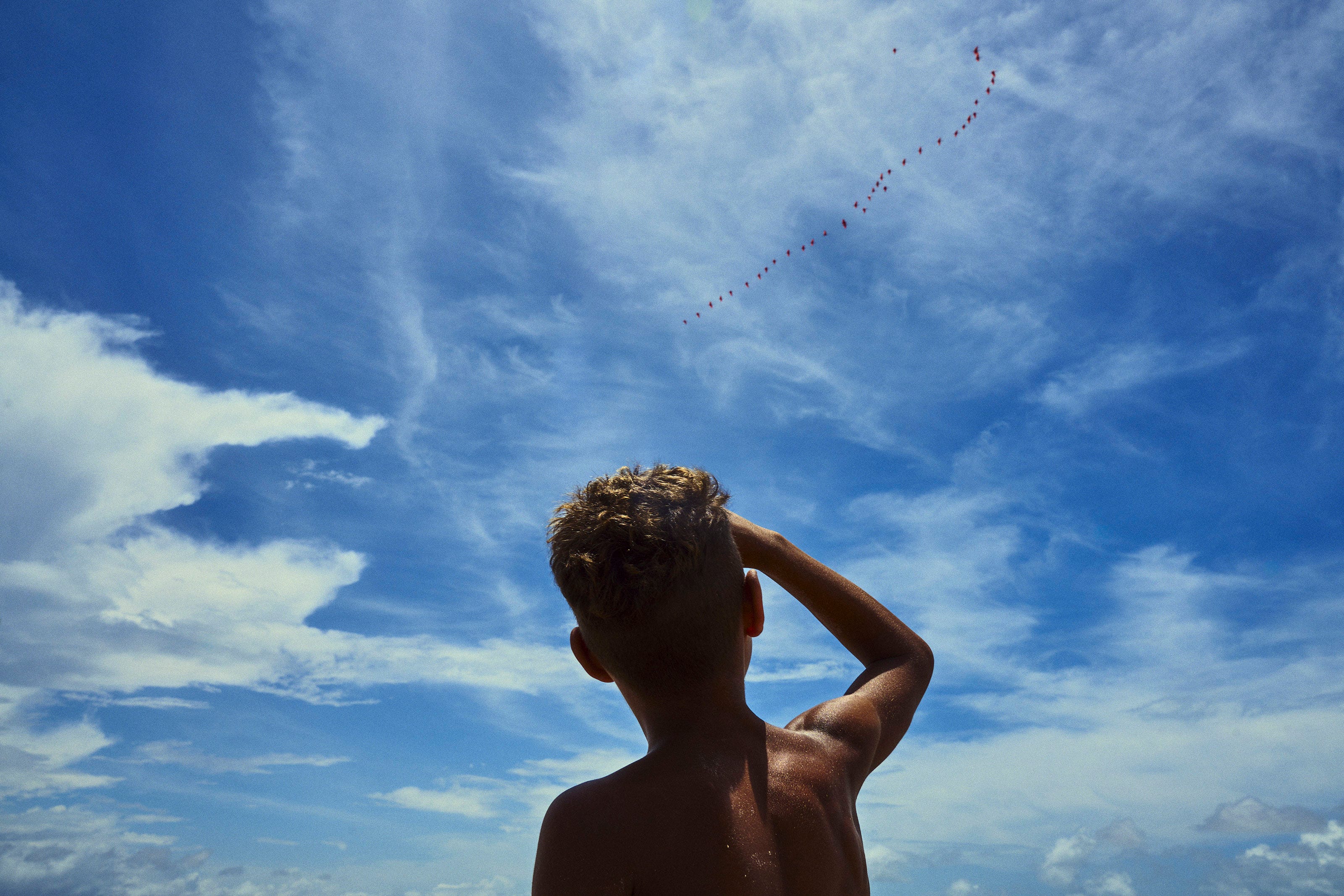
This article is a masterclass on how to shot photos with a high sun. Great story!!
I love this topic, Mitchell. I love the water and feel at home by the sea. The story and the characters felt so rugged and comforting at the same time. Just lovely.